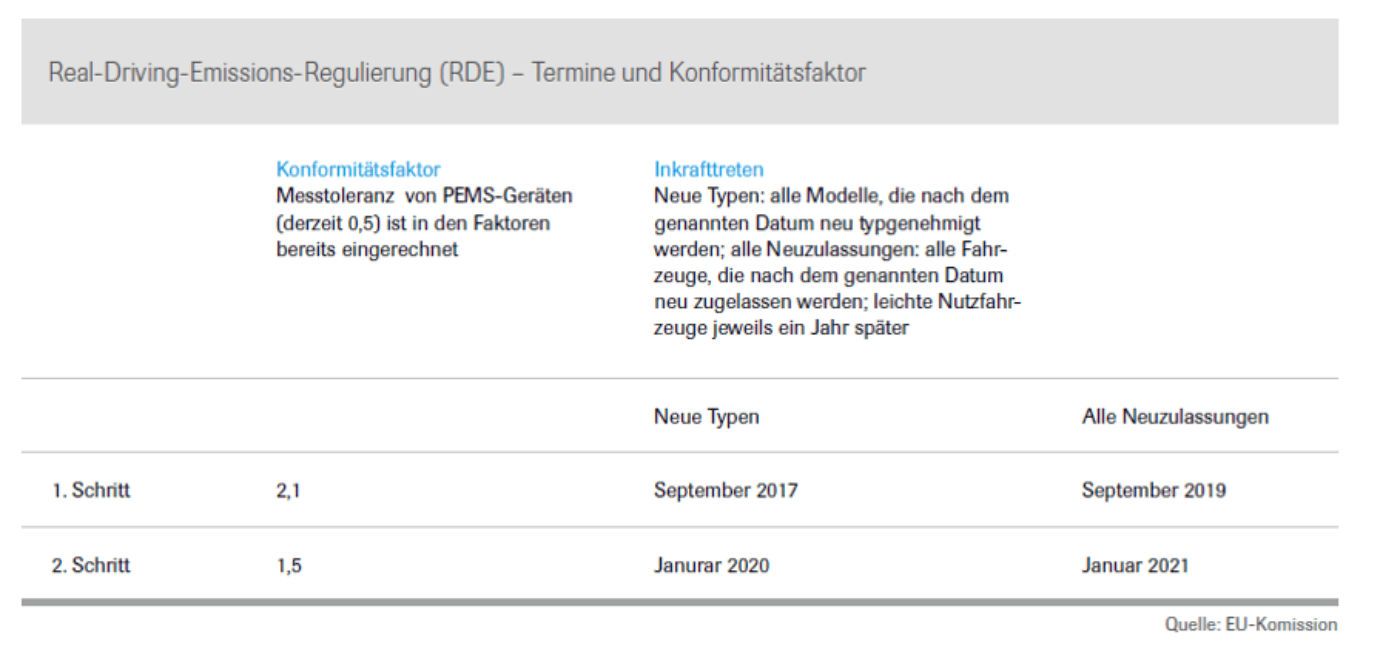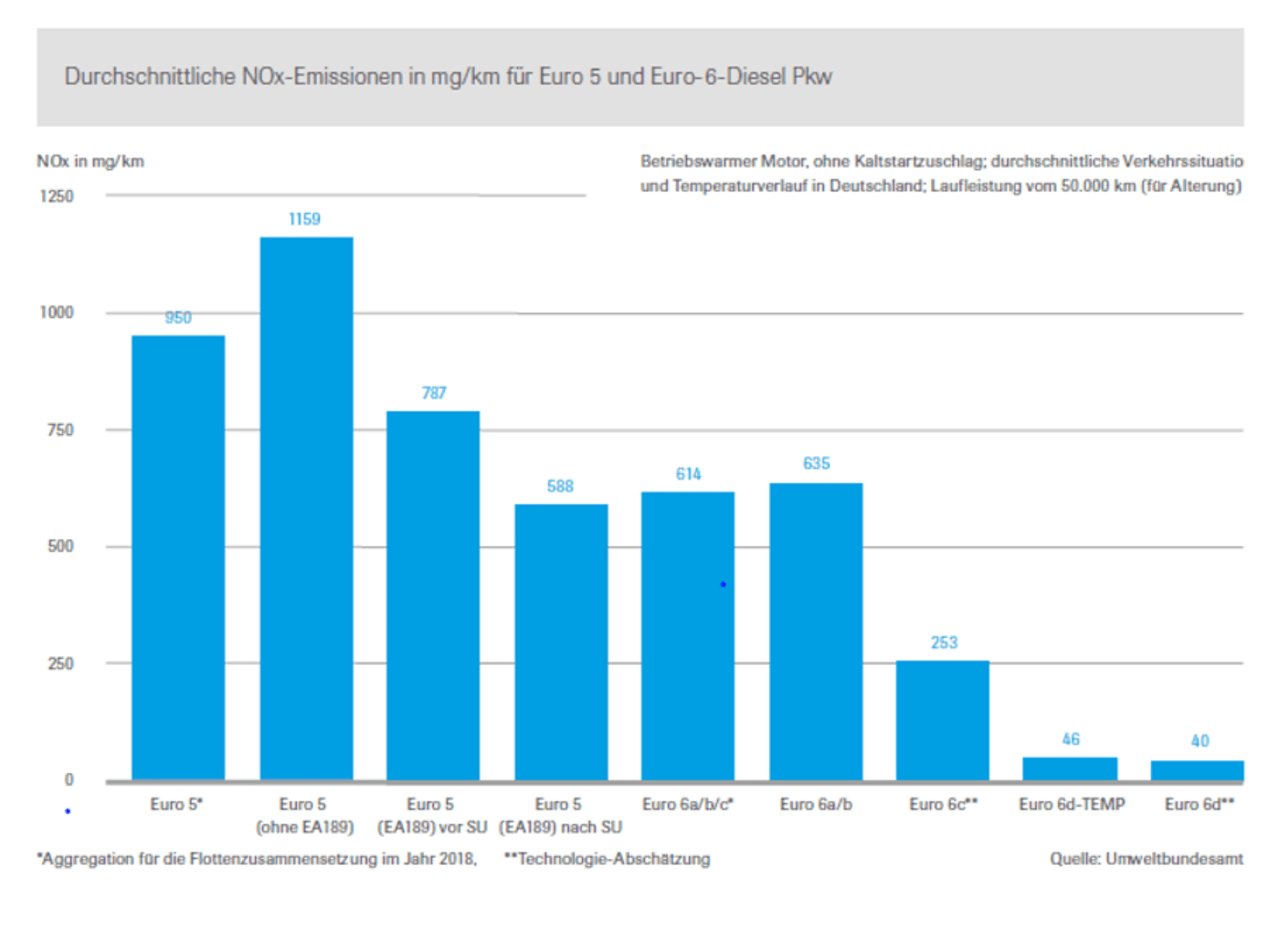
Innovations
The air is getting better and better
The EU regularly adjusts the guidelines for pollutant emissions. The automotive industry has clearly exceeded the target values: Current diesel passenger cars emit, on average, only half as much nitrogen oxide as the threshold limit allows.
- Topics
- Innovations
- Emission technology
New standard for the most precise measurements
In September 2015, with Euro 6, new emissions legislation for passenger cars and light commercial vehicles took effect. In the area of heavy commercial vehicles, Euro 6 has even been mandatory since 2013. For both passenger cars and trucks, the Euro 6 emissions legislation has been gradually adapted and expanded. A special step within the new legislation was the introduction of a new portable measurement technology for the direct measurement of pollutant emissions during normal, real-life road use.
This Portable Emissions Measurement Systems (PEMS) technology was initially introduced in the field of heavy commercial vehicles, where it is used for field monitoring and checking the vehicle conformity of already-registered vehicles. Over the past few years, this measurement technology has been improved to the extent that, with the introduction of the Euro 6d emission standard, it is also now used for passenger cars. Today, the Real Driving Emission Test (RDE test) is decisive in exhaust gas legislation.
With the RDE test, vehicles not only have to meet the benchmark limit values of the Worldwide Harmonized Light-Duty Vehicles Test Procedure (WLTP), but also those of real-life driving conditions and almost any environmental conditions. Since the introduction of RDE, the legislators only permit a tolerance of the PEMS instruments as well as a slightly increased limit value (conformity factor = 2.1 including PEMS tolerance) for a transitional period of 15 months during which time the entire passenger car fleet has to be converted to the new RDE limit values.

The automotive industry is exceeding the requirements – clearly
The German Federal Environment Agency (UBA) recently assessed the impact of the new legislation with the help of the Handbook for Emission Factors (HBEFA). To do this, the emission performance of different vehicle categories is measured and evaluated under different driving and environmental conditions. Cold starts as well as the aging of the vehicle are also taken into account. The UBA states that current diesel cars emit, on average, only half as much nitrogen oxide as the limit value allows. With an average of 40 milligrams of NOx per kilometer, current diesel cars are about twenty times cleaner than a diesel car meeting the Euro 5 emission standard. This real conformity factor is thus 0.5 and, in turn, is half the conformity factor of 1, which has been binding since 2021.


Contact person
D.Eng. Jakob Seiler
Head of Coordination Unit for powertrains of the future and Electric Mobility